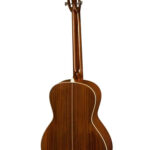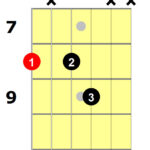The guitar. It’s more than just an instrument; it’s a voice, an extension of the soul for countless musicians across genres. As Joan Jett eloquently stated, “My guitar is not a thing, it is an extension of myself. It is who I am.” This sentiment resonates with guitarists worldwide, highlighting the profound connection between player and instrument. The guitar’s universal appeal lies in its accessibility – anyone can strum a few chords quickly, yet mastering its depths is a lifelong journey. This vast potential is what makes exploring the realm of Famous Guitar Players so captivating.
Guitar players often achieve iconic status, sometimes rivaling even the lead singers of their bands. While legendary figures like Jimmy Page, Brian May, and Eddie Van Halen immediately come to mind, the story of guitar mastery is far broader. It encompasses a diverse range of styles, innovations, and personalities. To truly appreciate the impact of the guitar, we need to delve into the careers of famous guitar players who have shaped music history.
This exploration isn’t just about technical skill; it’s about influence, innovation, and the ability to channel raw talent into unforgettable music. We celebrate guitarists who have not only mastered their instrument but have also used it to create groundbreaking songs and albums that have resonated with generations. From virtuosos to minimalist innovators, from stadium-filling stars to studio wizards, these are the famous guitar players who have left an indelible mark on the world of music.
Andy Summers
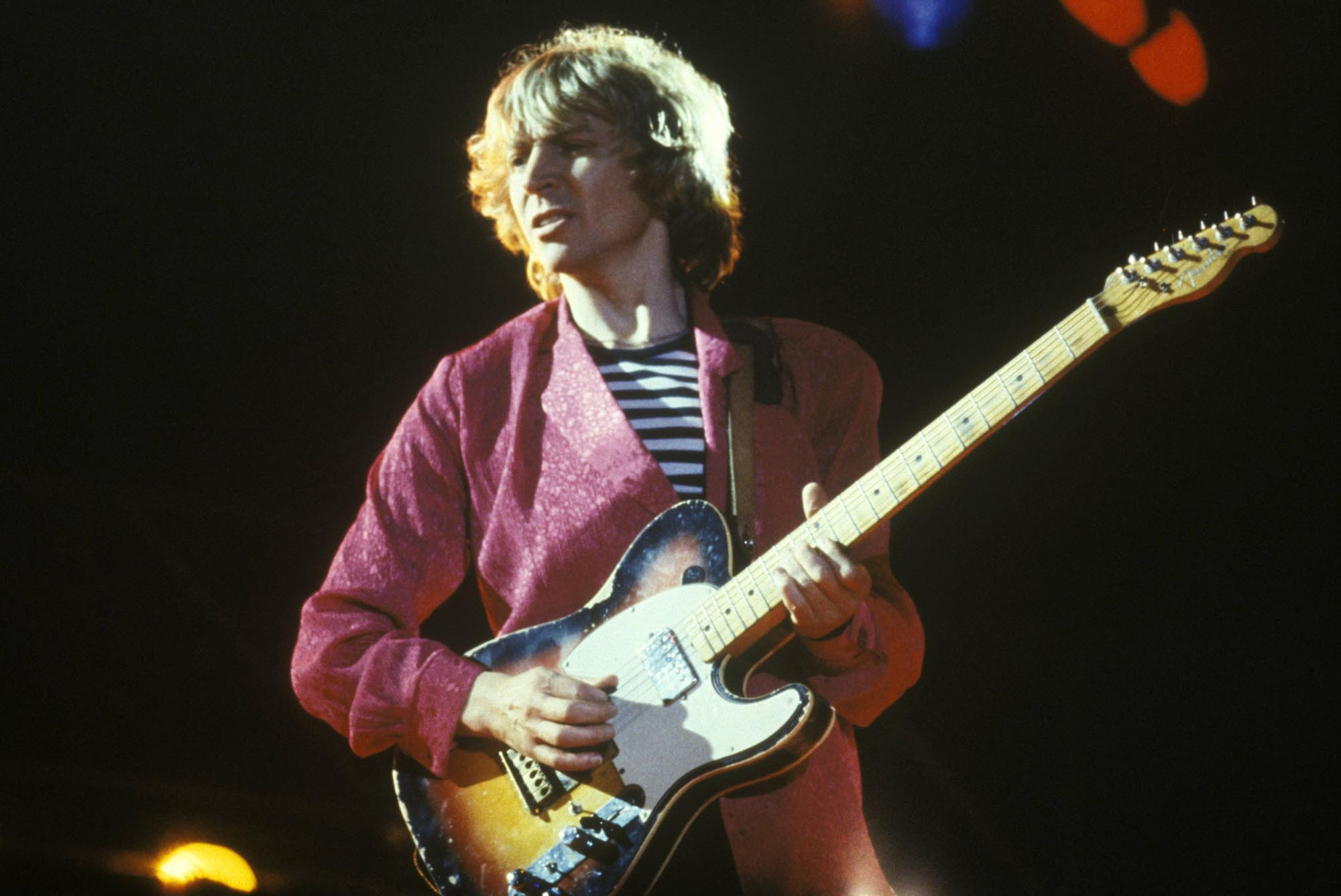 Andy Summers of The Police playing a Fender Telecaster guitar live on stage
Andy Summers of The Police playing a Fender Telecaster guitar live on stage
Image Credit: Graham Wiltshire/Redferns/Getty Images
Andy Summers was the sonic architect behind The Police, transforming the power trio dynamic with his innovative guitar work. Moving beyond punk’s limitations, Summers incorporated jazz harmonies and reggae rhythms into a rock and roll framework, crafting a signature style that was both economical and expansive. His playing was characterized by clipped, twitchy lines and dub-influenced washes of sound, creating a spacious sonic landscape for Sting’s vocals and Stewart Copeland’s drumming. Alex Lifeson of Rush aptly described Summers’ genius: “His tone and style were just absolutely perfect — he left space around everything. And he can handle anything from beautiful acoustic playing to jazz to hybrid kinds of stuff.” Summers’ fame stems from his ability to redefine rock guitar within a massively successful band, demonstrating that innovation and restraint can be as powerful as virtuosity.
Key Tracks: “Message in a Bottle,” “Every Breath You Take”
Brittany Howard
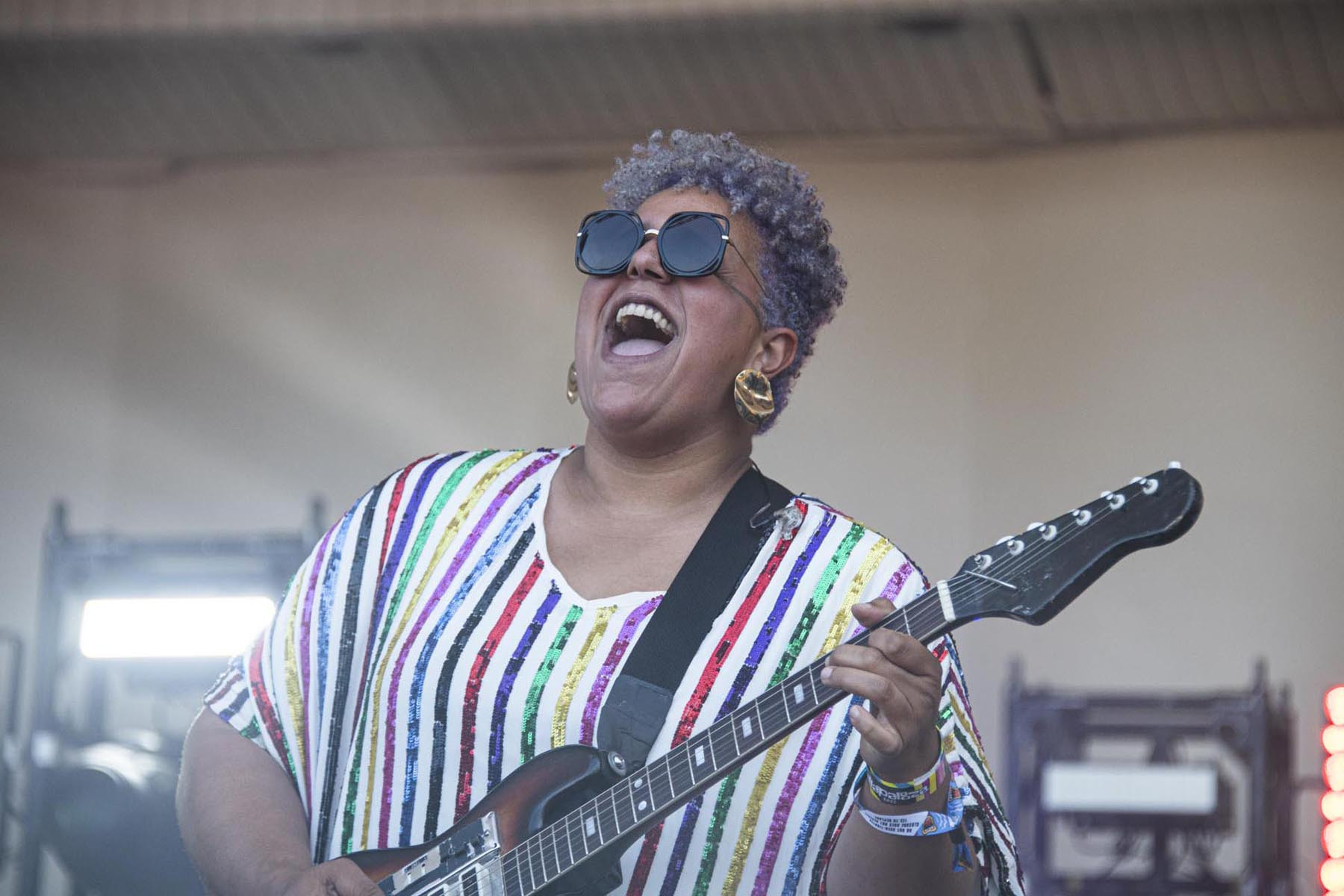 Brittany Howard of Alabama Shakes, a famous female guitar player
Brittany Howard of Alabama Shakes, a famous female guitar player
Image Credit: Sacha Lecca for Rolling Stone
Brittany Howard’s rise to fame began with Alabama Shakes, where her guitar playing served as a raw and organic complement to her powerhouse vocals and soulful songwriting. Her style is characterized by an earthy, fluid approach, often described as admirably ad-hoc, perfectly mirroring the emotional intensity of her music. Howard possesses an elastic rhythmic sensibility, evident in the interplay between her jagged guitar lines and Heath Fogg’s lead guitar in songs like “Don’t Wanna Fight.” Beyond Alabama Shakes, she explored straight-ahead rock and roll with Thunderbitch and showcased her versatile musicianship on her solo album Jaime. From funky, James Brown-inspired rhythms to molten fuzz textures, Howard’s guitar work is as dynamic and captivating as her voice, cementing her status as a famous and influential contemporary guitarist.
Key Tracks: “History Repeats,” “Presence”
Robby Krieger
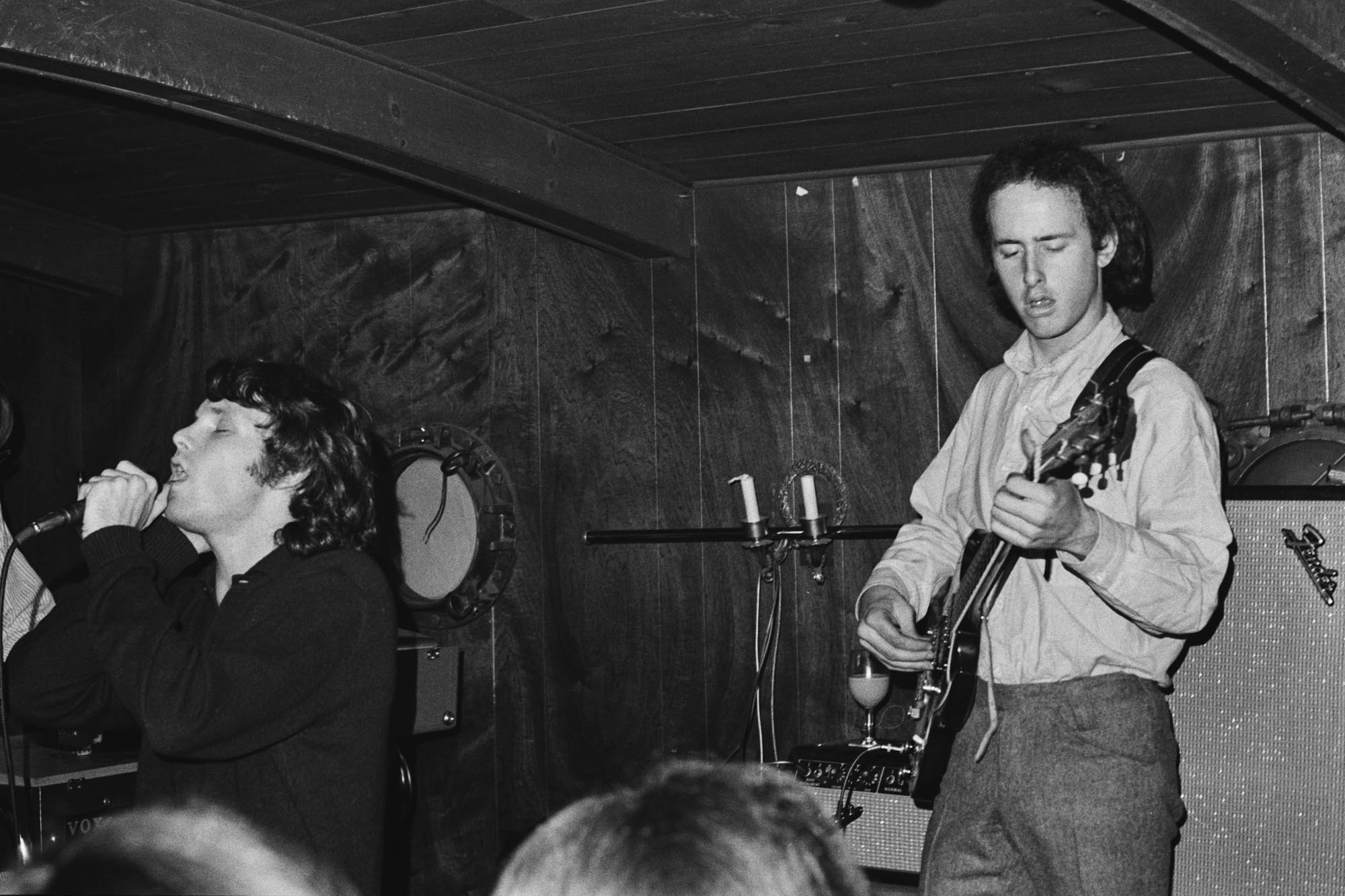 Robby Krieger of The Doors, a famous guitar player known for his innovative style
Robby Krieger of The Doors, a famous guitar player known for his innovative style
Image Credit: Don Paulsen/Michael Ochs Archives/Getty Images
Robby Krieger, the guitarist for The Doors, achieved fame by pushing the boundaries of rock guitar, drawing inspiration from flamenco and jazz at a time when blues still heavily influenced most rock players. His improvisational skills allowed him to follow Jim Morrison’s unpredictable stage presence and musical explorations, becoming an integral part of The Doors’ unique sound. Krieger’s fame also rests on his songwriting contributions, penning some of their biggest hits, including “Light My Fire.” The absence of a bass player in The Doors’ lineup forced Krieger to adapt his playing, filling out the lower frequencies and rhythmically supporting the band, effectively becoming “three players simultaneously.” This innovative approach to guitar within a non-traditional band setup solidified his place among famous guitar players.
Key Tracks: “Riders on the Storm,” “Roadhouse Blues”
Ricky Wilson
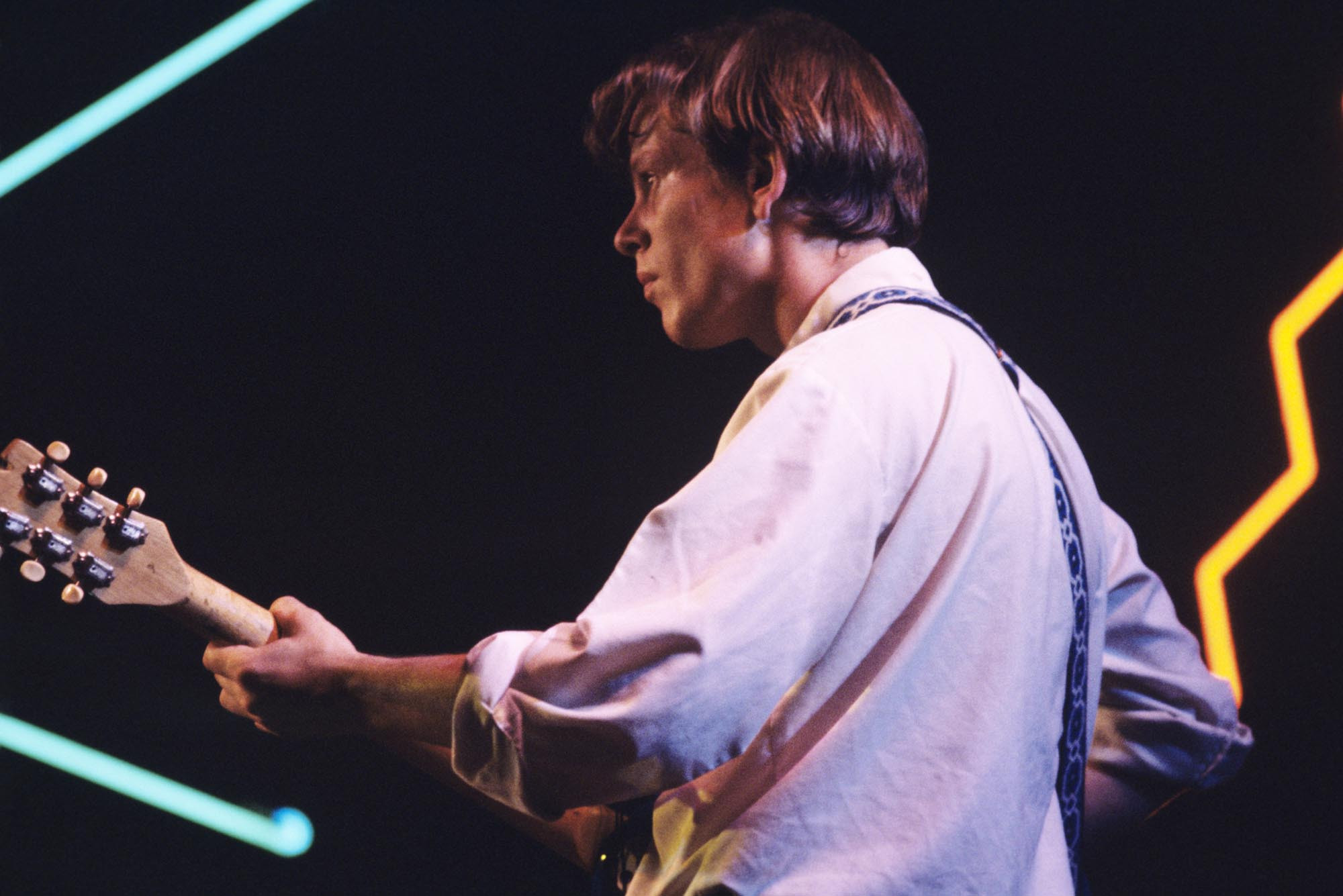 Ricky Wilson of The B-52s playing guitar in 1978
Ricky Wilson of The B-52s playing guitar in 1978
Image Credit: Tom Hill/WireImage
Ricky Wilson, the guitarist for The B-52s, achieved a unique kind of fame through his understated yet incredibly inventive guitar style. While the band was known for the flamboyant stage presence of Fred Schneider and the beehive-wearing singers, Wilson’s guitar work was the quirky, rhythmic backbone of their sound. His signature blend of chicken scratch funk, angular post-punk, rockabilly twang, and surf rock reverb created the distinctive New Wave sound of classics like “52 Girls” and “Private Idaho.” Wilson often used only four or five strings on his blue Mosrite guitar and experimented with unusual tunings to achieve his strange, spartan sound. His unconventional approach and distinctive style made him a highly influential and famous figure in the indie-rock scene, even if his stage persona was more reserved.
Key Tracks: “52 Girls,” “Mesopotamia”
Paul Simon
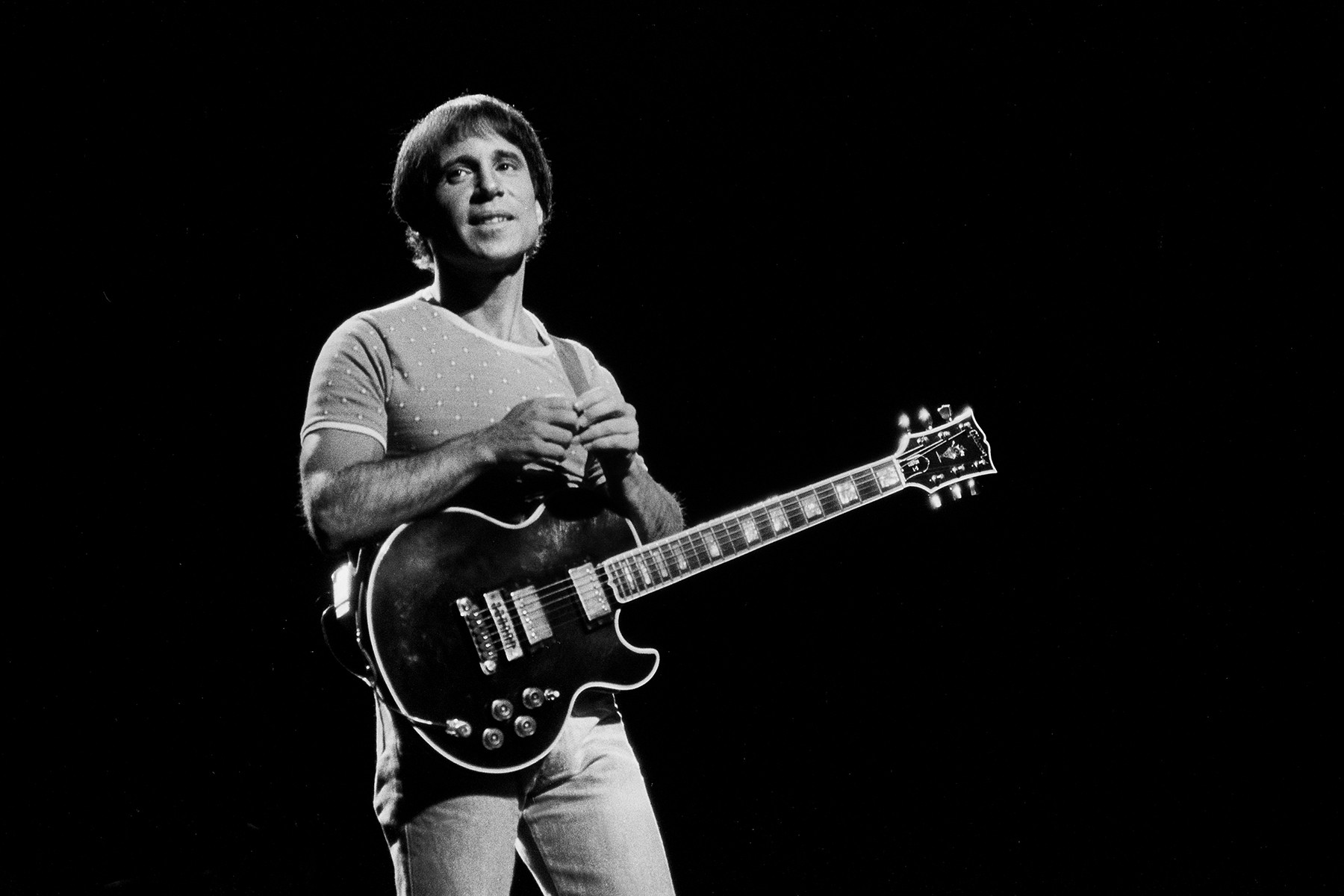 Paul Simon playing acoustic guitar on stage in 1980
Paul Simon playing acoustic guitar on stage in 1980
Image Credit: Paul Natkin/Getty Images
Paul Simon, renowned for his lyrical genius, is equally expressive and famous for his guitar playing. Influenced by early doo-wop and rock & roll, Simon immersed himself in the folk revival, even traveling to England to study acoustic guitar mastery with Bert Jansch. His guitar style evolved over decades, constantly absorbing new influences, as demonstrated in “Dazzling Blue,” where he blends folk fingerpicking with Indian rhythms. Simon’s fame as a guitarist is intertwined with his songwriting and vocal artistry; his guitar work is not just accompaniment but an integral part of his storytelling. Even in his later years, he continues to demonstrate nimbleness and innovation on the guitar, solidifying his reputation as a famous and enduring musical force.
Key Tracks: “Dazzling Blue,” “Kathy’s Song”
Leslie West
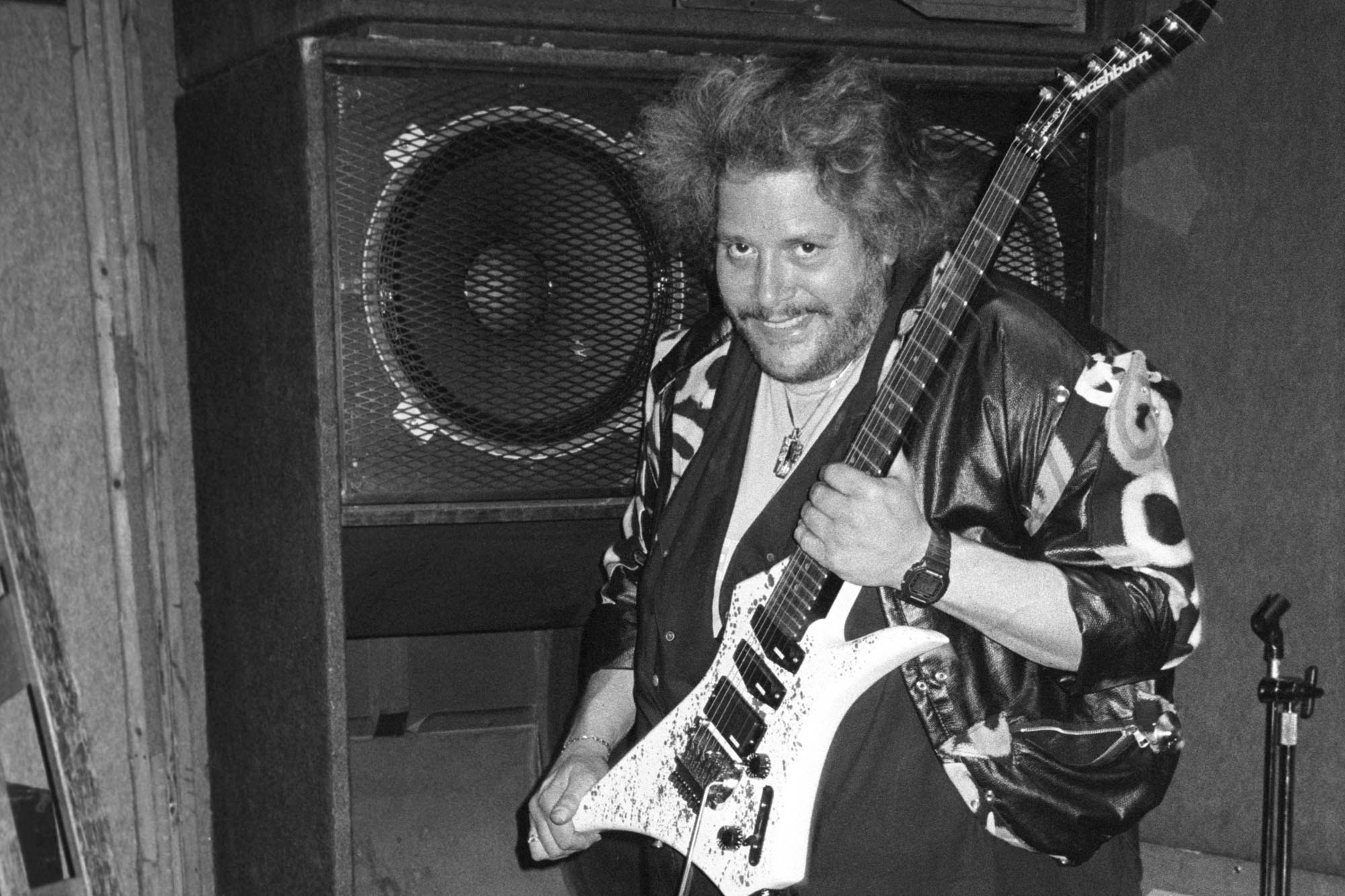 Leslie West of Mountain performing live in the 1970s
Leslie West of Mountain performing live in the 1970s
Image Credit: Erica Echenberg/Redferns/Getty Images
Leslie West, born Leslie Weinstein, first gained fame in mid-Sixties garage rock before becoming the powerhouse guitarist for Mountain. His fame exploded with the 1970 hit “Mississippi Queen,” where he showcased his signature style: roughened blues lines played with deceptive ease and a distinct R&B sensibility, all delivered through a wall of distorted, overdriven amplifier sound. Dave Davies of The Kinks praised West’s impactful riffs and his ability to blend flashy, intricate phrases with deep feeling, noting that he wasn’t a “look-at-me guy” but played with genuine emotion and power. West’s contribution to heavy rock guitar and his iconic riffs have cemented his place as a famous and influential guitarist.
Key Tracks: “Mississippi Queen,” “Nantucket Sleighride (To Owen Coffin)”
Edilio Paredes
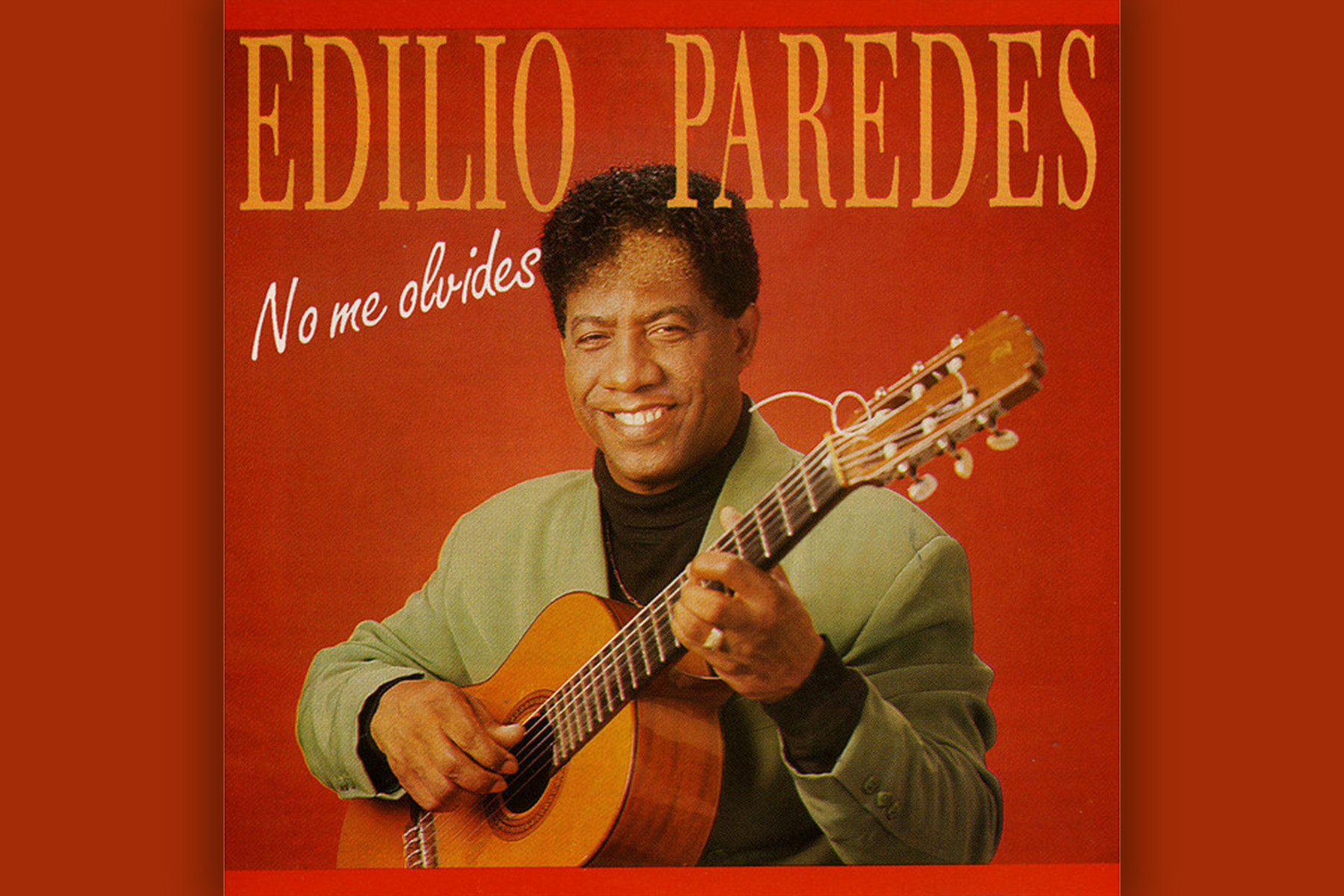 Edilio Paredes, a famous bachata guitar player
Edilio Paredes, a famous bachata guitar player
Image Credit: Rolling Stone
Edilio Paredes achieved fame as the architect of the bachata guitar sound. While bachata music was once a niche genre from the Dominican Republic, it has since gained global recognition, partly due to Paredes’ influential guitar work. He crafted the genre’s sonic identity with pungent, spiraling guitar lines that weave and accentuate the bittersweet emotions of lost love, a hallmark of la música del amargue. A self-taught prodigy, Paredes was instrumental in the evolution of bachata from bolero campesino to the contemporary Afro-Caribbean genre that gained international acclaim in the Nineties. His extensive discography as a session musician and his appearance on The Bachata Legends album further solidified his fame and legacy as a master of bachata guitar.
Key Tracks: “No Me Olvides,” “Bendita Nena”
Aaron Dessner and Bryce Dessner
 Aaron and Bryce Dessner of The National performing in 2016
Aaron and Bryce Dessner of The National performing in 2016
Image Credit: Kris Connor/FilmMagic
Aaron and Bryce Dessner, twin brothers and guitarists for The National, have carved out a unique fame as a virtuosic guitar duo within the rock world. Bryce Dessner’s collaborations with contemporary classical legends like Steve Reich and Jonny Greenwood highlight his broad musical scope. Aaron Dessner’s work with Taylor Swift on Folklore and Evermore, adding Jerry Garcia-esque guitar textures, broadened his fame to a wider audience. Together, the Dessner brothers create a dynamic range of guitar sounds for The National, from electric angst to intimate folk beauty. Their collaborative spirit and individual achievements contribute to their collective fame as innovative and influential guitar players in modern music.
Key Tracks: “Mr. November,” “Bloodbuzz Ohio,” “The System Only Dreams in Total Darkness”
Lindsey Jordan
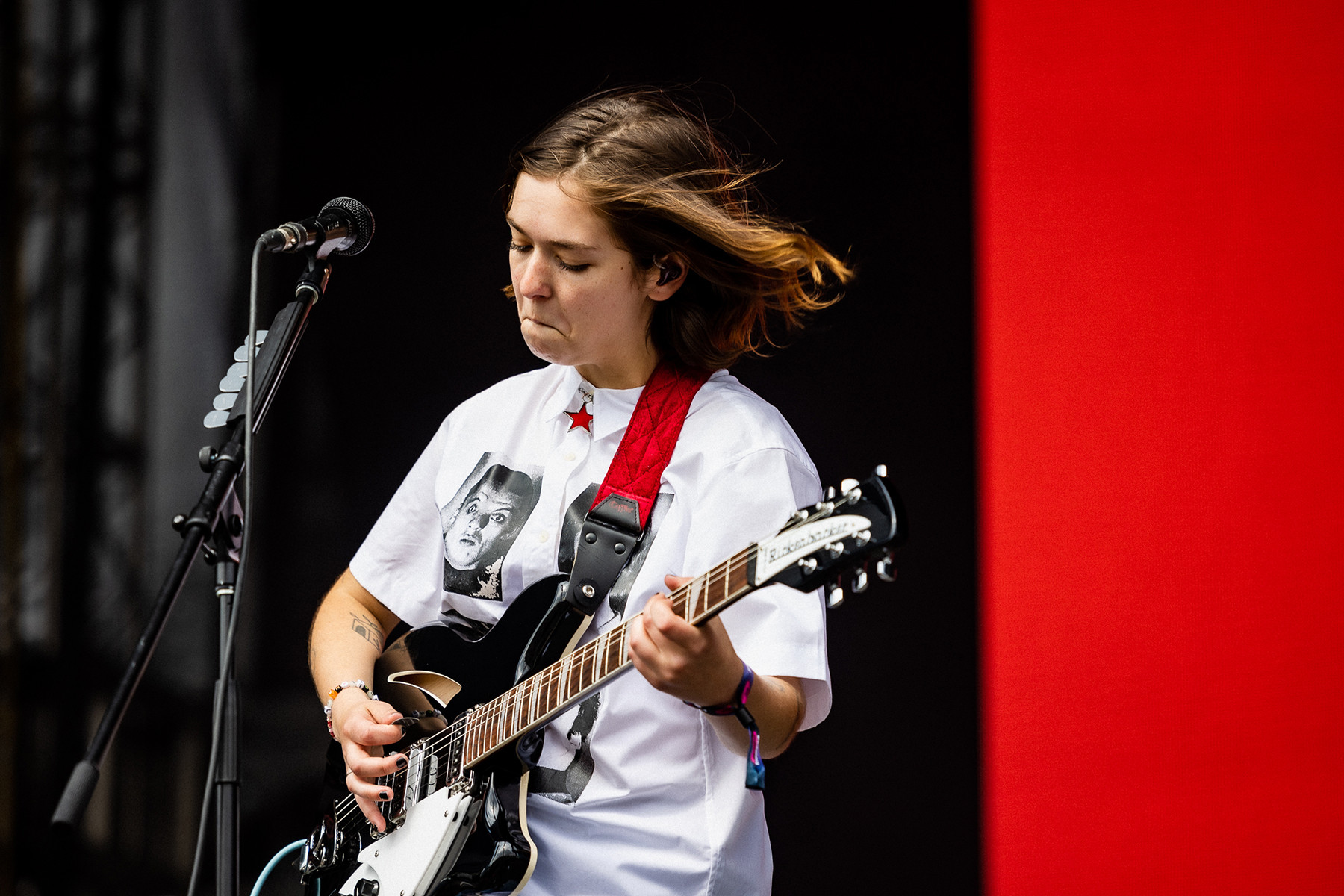 Lindsey Jordan of Snail Mail playing guitar at Governors Ball 2023
Lindsey Jordan of Snail Mail playing guitar at Governors Ball 2023
Image Credit: Griffin Lotz for Rolling Stone
Lindsey Jordan, the guitar hero behind Snail Mail, gained fame as a Gen Z prodigy, debuting at just 18 with the critically acclaimed album Lush. Her guitar playing demonstrates a deep internalization of the indie-rock canon, showcasing a casual virtuosity and a capacity for shredding. Jordan seamlessly transitions from strummy, tension-building passages to explosive solos, drawing comparisons to both Liz Phair’s lo-fi cool and Sonic Youth’s sprawling soundscapes. Her fame stems from her ability to blend technical skill with raw emotion and indie sensibility, making her a standout among contemporary famous guitar players. As she stated, “I like to play really balls out. That’s what it means to be onstage with integrity.”
Key Tracks: “Heat Wave,” “Pristine”
Keith Urban
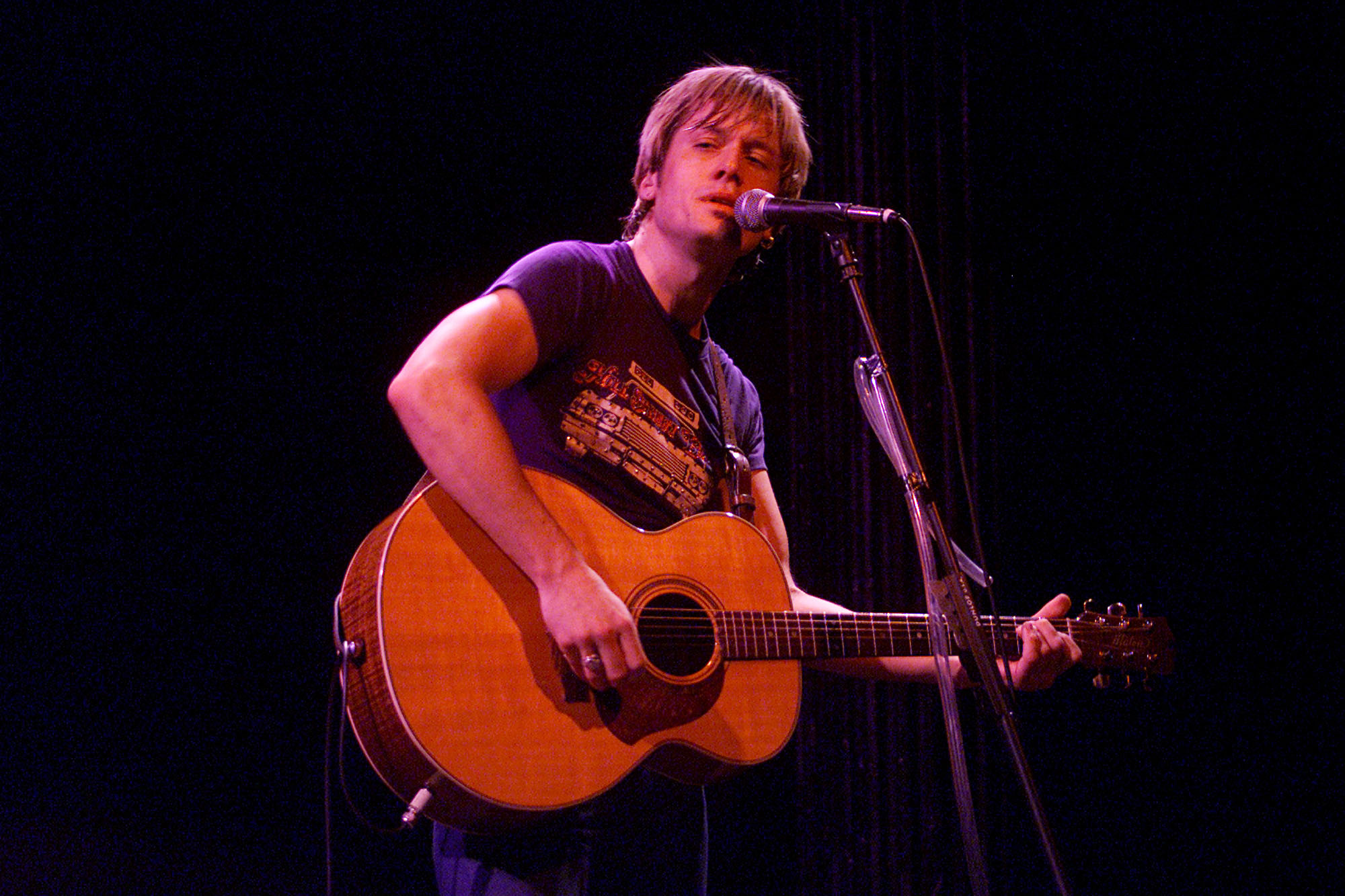 Keith Urban performing at The Bottom Line in 2001
Keith Urban performing at The Bottom Line in 2001
Image Credit: Frank Micelotta/Getty Images
Keith Urban has achieved fame as a country music star whose guitar playing transcends genre boundaries. While not strictly traditional or overtly virtuoso within the country realm, Urban is celebrated for his effortless and song-elevating style. His riffs, rhythms, and solos emerge organically, always serving the song’s needs. While his studio work is polished, Urban truly shines onstage, delivering guitar heroics that rival rock legends. His versatility and broad appeal are evidenced by collaborations ranging from the Rolling Stones to Nile Rodgers. Urban’s approach, prioritizing the song above flashy displays, has contributed to his fame and respect among both country and rock audiences. “I love that people want to hear the guitar,” Urban said, “but I just think about the song … whatever the song seems to want.”
Key Tracks: “Highway Don’t Care,” “Blue Ain’t Your Color”
Erin Smith
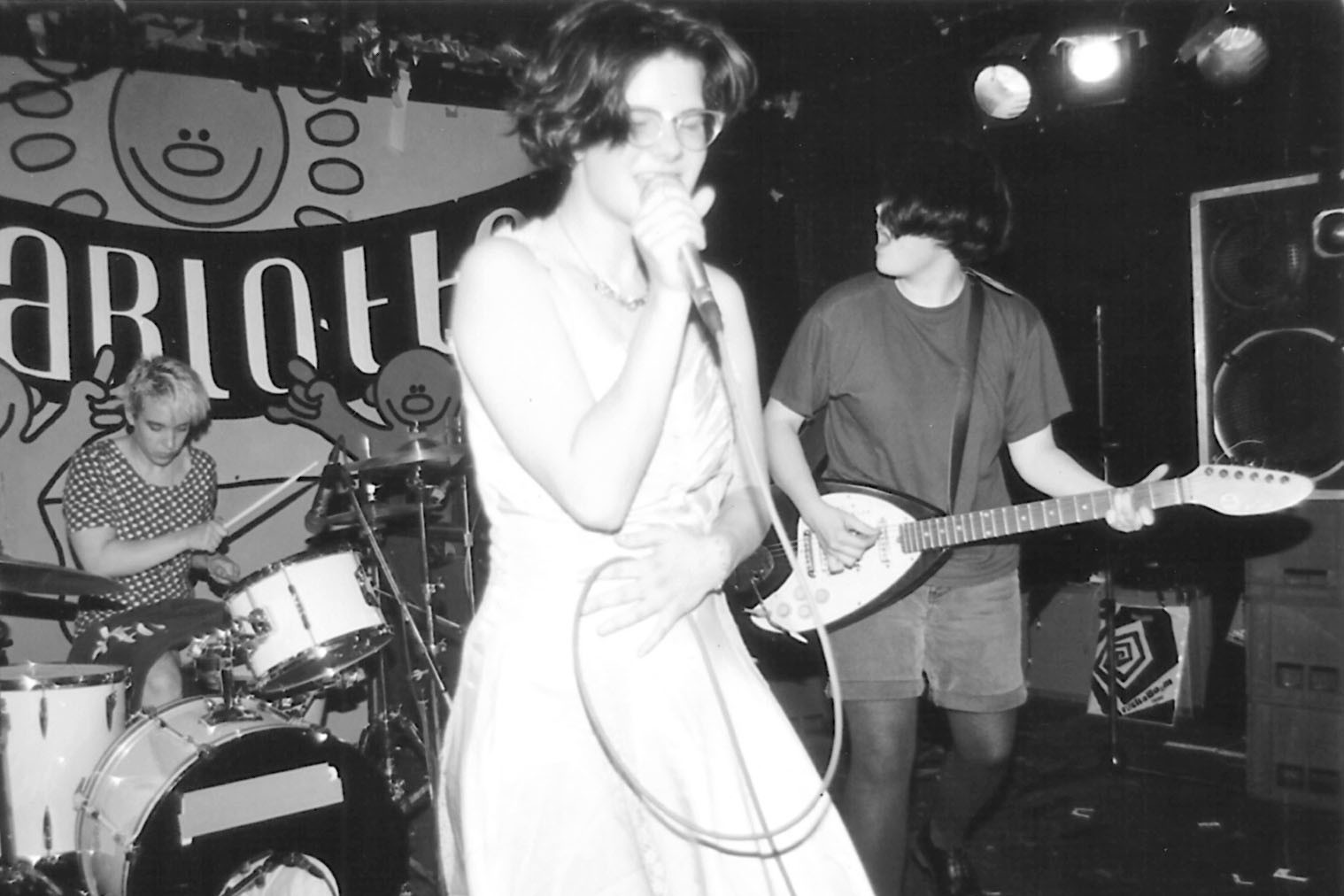 Erin Smith of Bratmobile, a famous female punk guitar player
Erin Smith of Bratmobile, a famous female punk guitar player
Image Credit: © Greg Neate/neatephotos.com/flickr CC BY 2.0
Erin Smith, guitarist for riot grrrl pioneers Bratmobile, gained fame for her raw and impactful guitar style within the punk scene. Inspired by Beat Happening’s DIY ethos, Smith forged a style that combined melodic surf-rock bass lines with aggressive garage-rock chords. This distinctive sound was crucial to Bratmobile’s groundbreaking debut album, Pottymouth, a landmark punk record of the Nineties. Smith’s fame arises from her contribution to the riot grrrl movement and her ability to create powerful, impactful music with a self-taught, unconventional approach. Her story demonstrates that technical virtuosity isn’t a prerequisite for fame and influence in guitar music, particularly within punk and independent music scenes.
Key Tracks: “Love Thing,” “P.R.D.C.T.”
Duane Eddy
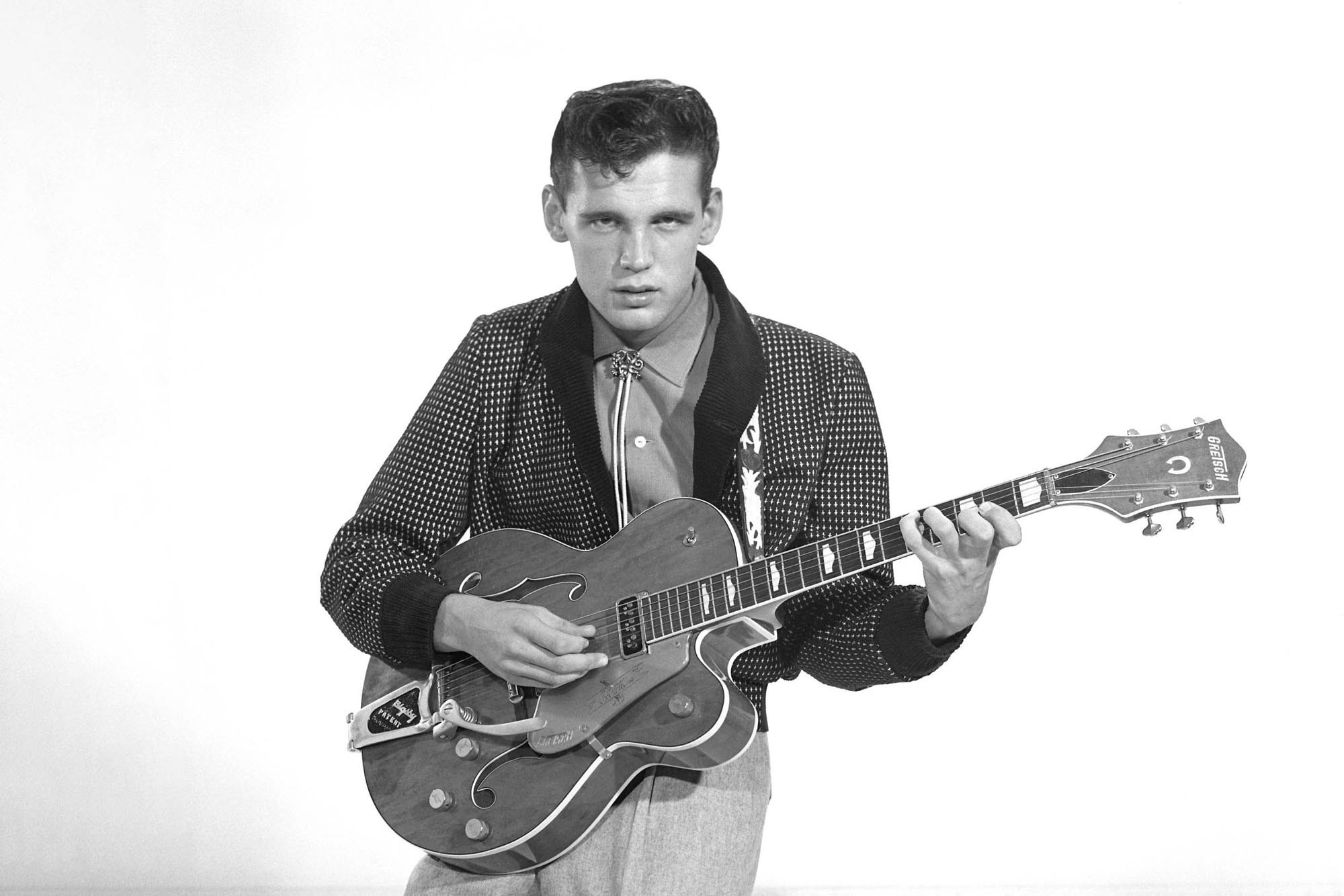 Duane Eddy posing with his guitar in 1958
Duane Eddy posing with his guitar in 1958
Image Credit: PoPsie Randolph/Michael Ochs Archives/Getty Images
Duane Eddy achieved fame in the late 1950s, solidifying the guitar as rock & roll’s dominant lead instrument. His 1958 single “Rebel Rouser” became his signature, characterized by country twang and prominent tremolo. Dave Davies of The Kinks noted the distinction: “Chet Atkins used vibrato in a selective way — Duane Eddy used it to thrash the music.” Eddy’s hits, such as “Forty Miles of Bad Road” and “Peter Gunn,” were incredibly influential, foreshadowing surf music and inspiring guitarists like Jeff Beck and George Harrison. His fame rests on his pioneering use of tremolo and his instrumental hits that defined the sound of early rock and roll guitar, paving the way for future generations of famous guitar players.
Key Tracks: “Rebel Rouser,” “Peter Gunn”
Doug Gillard
 Doug Gillard of Guided By Voices performing in Chicago, 2004
Doug Gillard of Guided By Voices performing in Chicago, 2004
Image Credit: Matt Carmichael/Getty Images
Doug Gillard, the guitarist for indie-rock institution Guided By Voices, achieved fame as the musical backbone of the band. While Robert Pollard was the eccentric creative force, Gillard provided the grounding rock and roll sensibility, translating Pollard’s experimental ideas into cohesive songs. His ability to quickly learn and adapt to Pollard’s prolific output, often releasing multiple albums a year, is remarkable. Gillard’s fame within indie circles stems from his crucial role in shaping the sound of Guided By Voices and his ability to transform experimental ideas into accessible rock music, demonstrating his versatility and skill as a famous indie guitar player.
Key Tracks: “I Am a Tree,” “Mr. Child”
Jennifer Batten
Image Credit: Catherine McGann/Getty Images
Jennifer Batten rose to fame as the electrifying guitarist on Michael Jackson’s iconic world tours. This demanding role required her to master funk, soul, metal, and even Eddie Van Halen’s “Beat It” solo nightly. Beyond her work with Jackson, Batten demonstrated her virtuosity on her solo album, Above Below and Beyond, tackling complex pieces like Rimsky-Korsakov’s “Flight of the Bumble Bee” and John Coltrane’s “Giant Steps” on electric guitar. Her fame further solidified when she joined Jeff Beck, touring and recording with him, becoming one of the few guitarists capable of matching his innovative style. Batten’s fame is built on her incredible technical skill, versatility across genres, and her high-profile work with music legends.
Key Tracks: “Flight of the Bumblebee,” “Giant Steps (Rock Version)”
Greg Sage
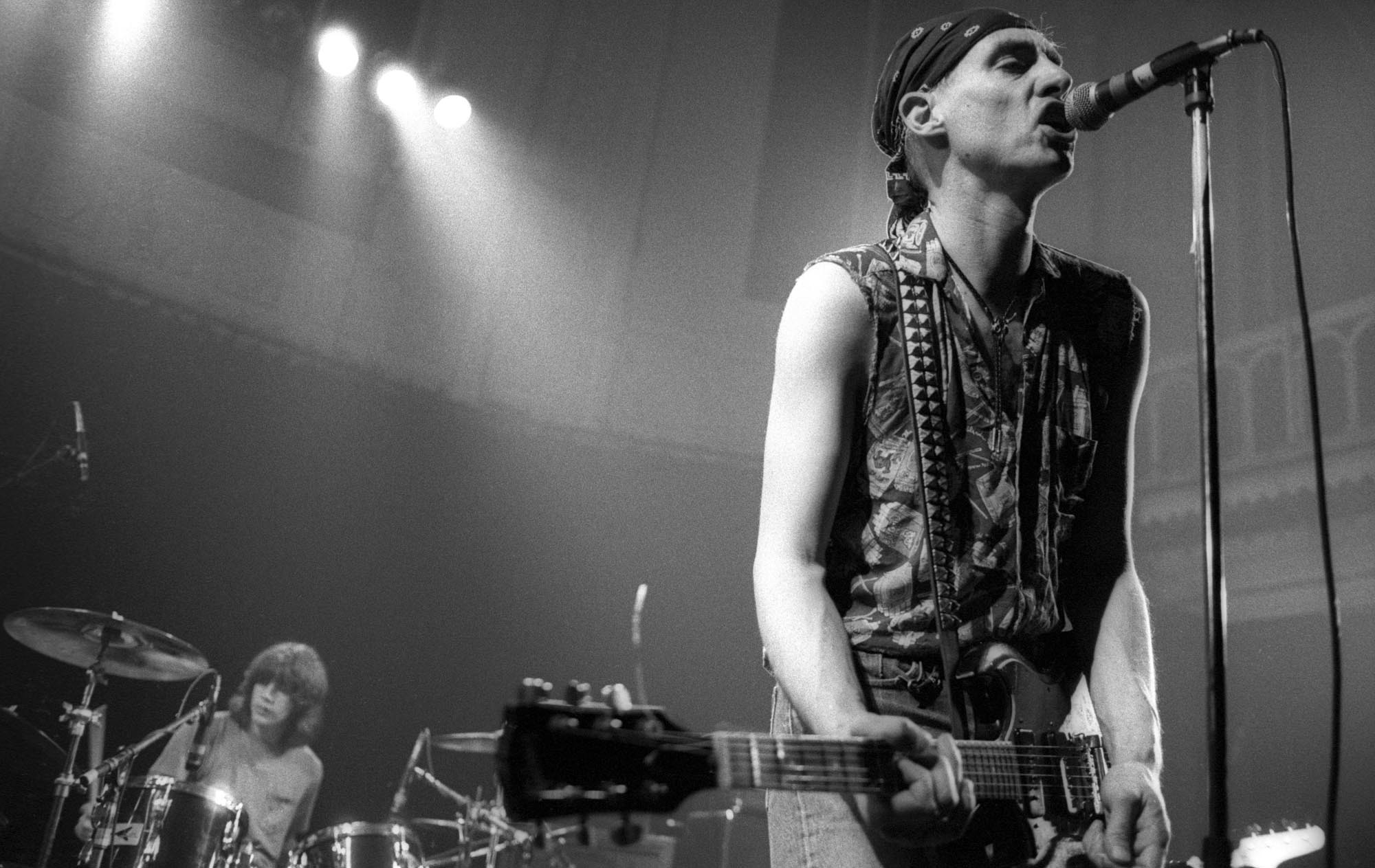 Greg Sage of The Wipers performing live in Amsterdam, 1986
Greg Sage of The Wipers performing live in Amsterdam, 1986
Image Credit: Frans Schellekens/Redferns/Getty Images
Greg Sage, founder of the Portland, Oregon band The Wipers, achieved fame as a pioneer of Pacific Northwestern indie rock. In 1977, he defied punk conventions with complex, sprawling songs and a signature jagged, heavily distorted guitar sound. At a time when punk emphasized simplicity, Wipers songs like “When It’s Over” were dense soundscapes, influencing the burgeoning indie scene. Kurt Cobain famously cited The Wipers as his favorite band, acknowledging their profound influence. Sage’s fame rests on his innovative and influential guitar sound, his role in shaping early indie rock, and his impact on later famous guitar players like Cobain.
Key Tracks: “When It’s Over,” “Up Front”
Laura Marling
Image Credit: Chiaki Nozu/WireImage
British singer-songwriter Laura Marling has gained fame for her subtle yet virtuosic guitar playing. Her style incorporates complex tunings and voicings, creating music that sounds deceptively simple and atmospheric. “I Was an Eagle” exemplifies her style, utilizing DADDAD tuning and showcasing Joni Mitchell’s influence through unusual phrasing and atonal flourishes. Marling’s fame as a guitarist is interwoven with her acclaimed songwriting and vocal performances. Her willingness to share her guitar insights through online tutorials further demonstrates her commitment to the instrument and her influence on aspiring famous guitar players.
Key Tracks: “I Was an Eagle,” “Wild Fire,” “Ghosts”
John McGeoch
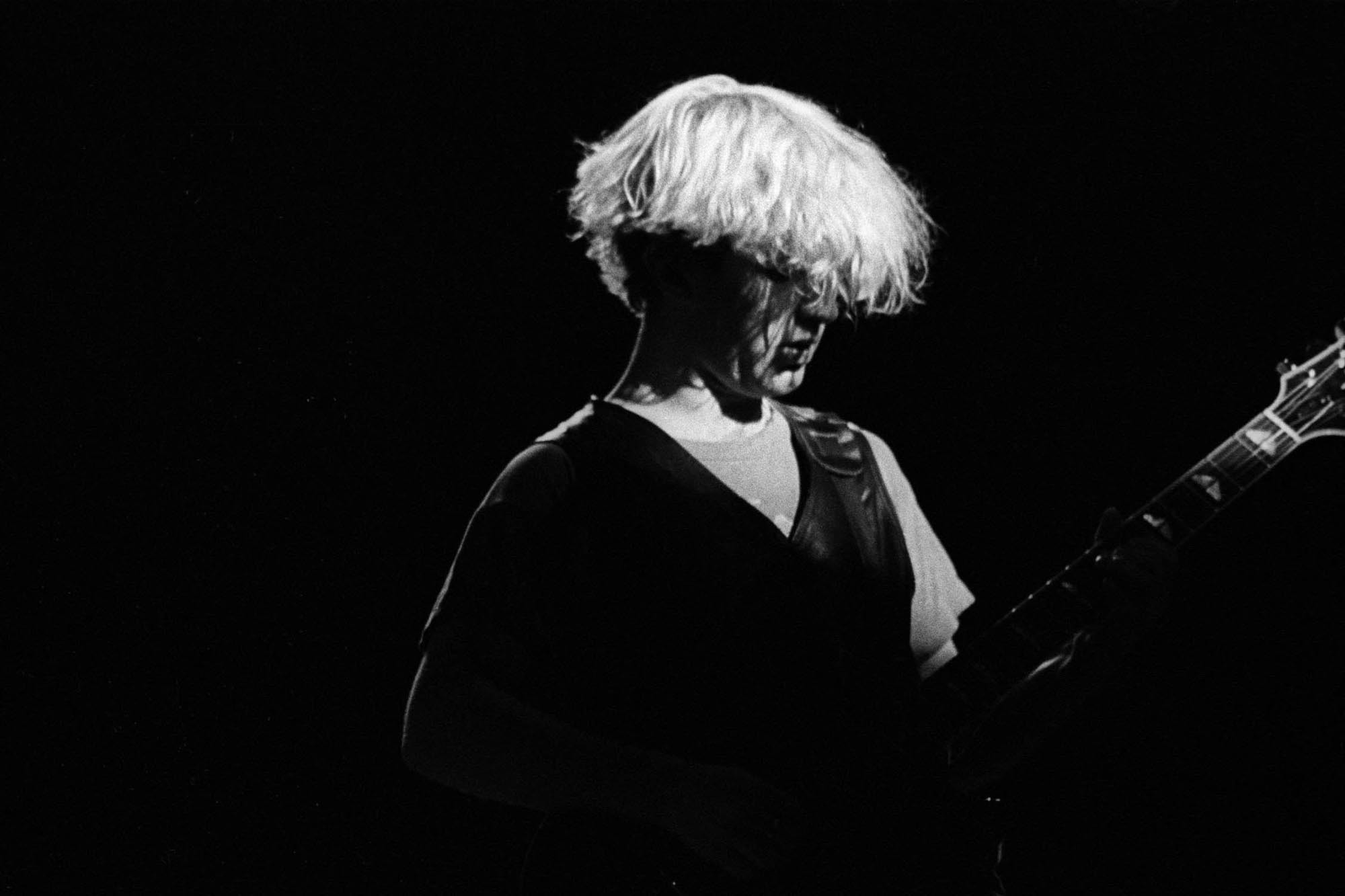 John McGeoch of Siouxsie and the Banshees performing at Palladium in 1980
John McGeoch of Siouxsie and the Banshees performing at Palladium in 1980
Image Credit: Ebet Roberts/Redferns/Getty Images
John McGeoch, a Manchester guitarist, achieved fame for his innovative and influential guitar work with Magazine, Public Image Ltd, and Siouxsie and the Banshees. His vaulting attack on Magazine’s debut single, “Shot by Both Sides,” established his presence in UK punk rock. He went on to develop an expansive, architectural style characterized by slashing rhythms, miasmic flanging, and swirling arpeggios. McGeoch’s fame stems from his unique contribution to post-punk and goth guitar styles, particularly on Siouxsie and the Banshees’ Juju, considered a landmark goth-guitar album. His influence is acknowledged by many famous guitar players, including Johnny Marr and Radiohead’s Ed O’Brien.
Key Tracks: “Philadelphia,” “Spellbound”
H.E.R.
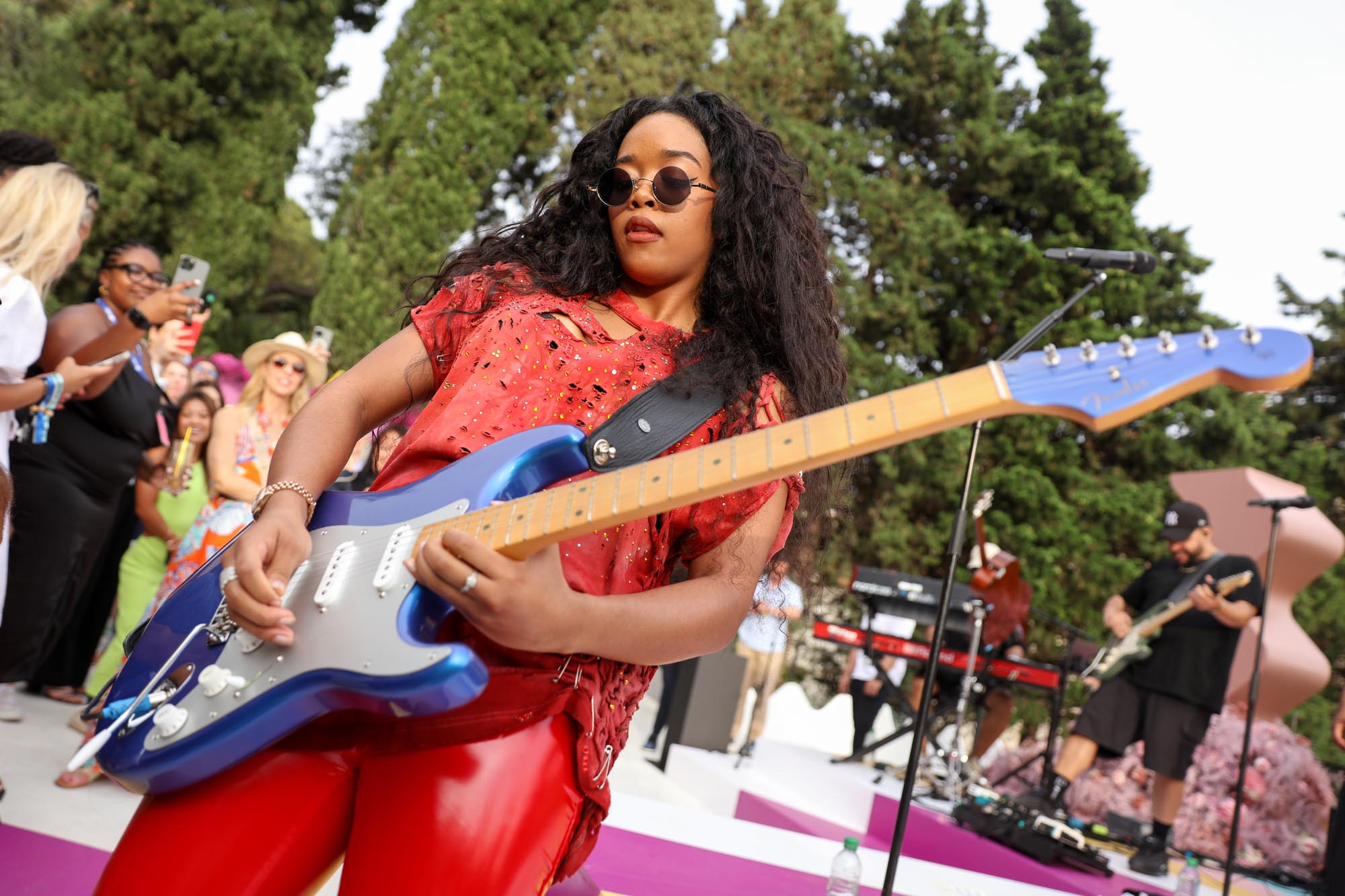 H.E.R. performing at Spotify event in Cannes, France, 2023
H.E.R. performing at Spotify event in Cannes, France, 2023
Image Credit: David M. Benett/Getty Images
H.E.R. has quietly amassed fame as a contemporary R&B artist whose guitar skills often surprise audiences. While her voice is rooted in classic R&B and she excels at ballads, her guitar playing ranges from delicate and fluid accents to Prince-inspired rock shredding. Her single “Hold On” showcases her signature style of doubling vocal melodies with soaring guitar leads. H.E.R.’s fame as a guitarist is rising, evidenced by Fender creating a signature Stratocaster model for her – the first Black woman to receive this honor. Her approach to playing guitar “like singing” and her versatility across R&B and rock genres solidify her place among famous contemporary guitar players.
Key Tracks: “Hold On,” “Comfortable”
David Williams
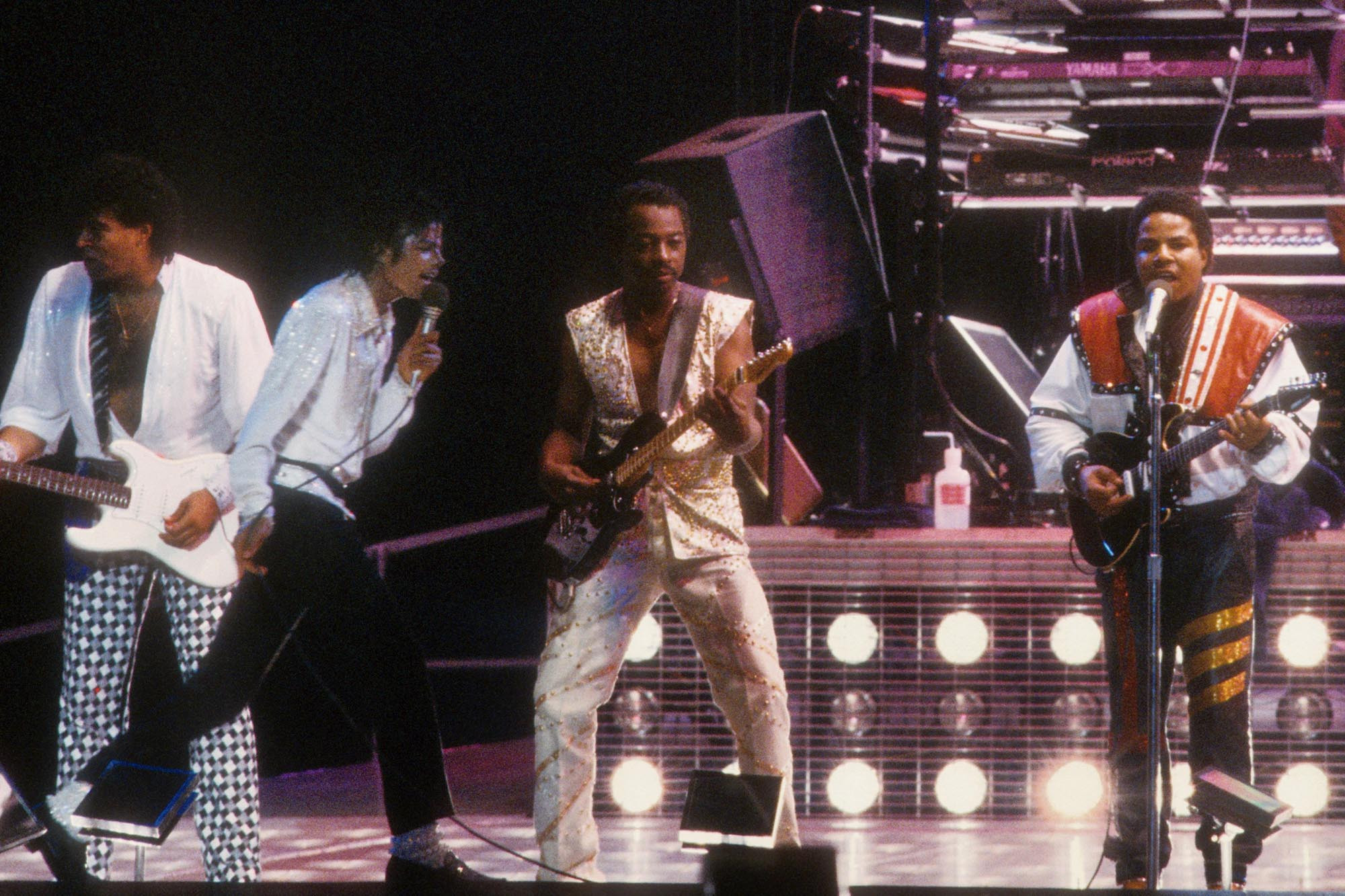 David Williams with The Jacksons in 1984
David Williams with The Jacksons in 1984
Image Credit: Michael Ochs Archive/Getty Images
David Williams achieved fame as a session guitarist whose understated style became integral to the sound of Eighties pop. Despite his jazz roots, Williams’ “secret spice” was his ability to add rhythmic seduction with intentionally sparse guitar parts to hits like Michael Jackson’s “Billie Jean,” Stevie Nicks’ “Stand Back,” and Diana Ross’ “Muscles.” His fame is built upon his contributions to countless Top 40 hits, working with artists from Michael Jackson to Madonna. Williams demonstrated that sometimes the most famous guitar players are those who serve the song with subtlety and perfectly placed notes, rather than overt displays of virtuosity.
Key Tracks: “Billie Jean,” “Dirty Diana”
Conclusion
Exploring the world of famous guitar players reveals a rich tapestry of talent, innovation, and dedication. From the blues-infused riffs of Leslie West to the subtle virtuosity of Laura Marling, each guitarist has carved a unique path, contributing to the ever-evolving sound of music. These musicians, through their instruments, have not only entertained but have also inspired countless others to pick up a guitar and begin their own musical journey. The legacy of these famous guitar players continues to resonate, shaping the future of guitar music and inspiring generations to come.

